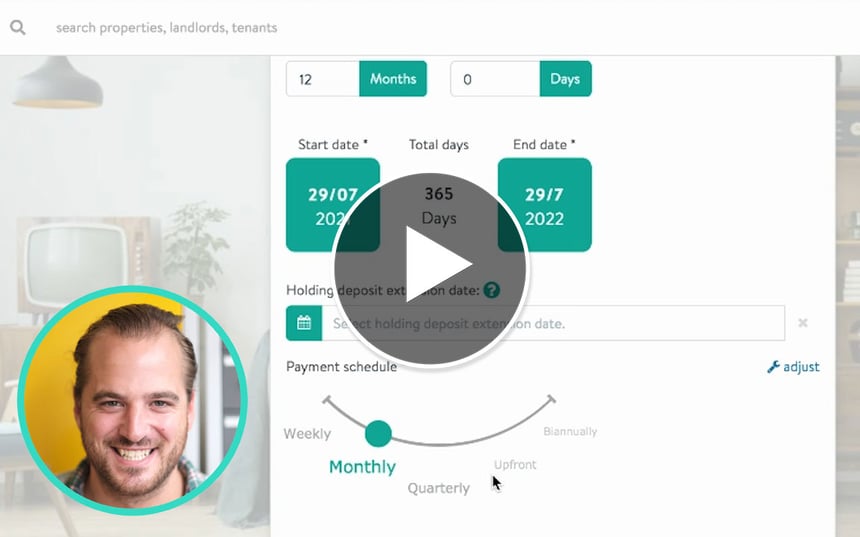How to ensure the smooth implementation of new technology in 2023
Demand is high in lettings and many agents are turning to property technology to help them do their jobs faster. Making a plan before implementing new tech in your business in 2023 is the key to making it a long-term success.
New technology from a RentTech supplier can help streamline your agency’s day-to-day tasks, improve the experience of your tenants and landlords, and help free up time for your staff to focus on marketing or customer service.
But life in a letting agency can be very busy, which means it can be tempting to start using your new technology as soon as you can. Whilst it is good to get going, it can be helpful to first take a step back and make a plan for its implementation, to ensure your new technology achieves its purpose.
Assign a project manager
First, consider how to keep the implementation project as simple and clear as possible. It’s best to have only one or two people to oversee the implementation and ultimately be responsible for its success, as this keeps communication streamlined.
Consider the level of authority needed for making decisions on the implementation of the technology when deciding who should oversee the project. Do they need to be able to have the final say on decisions such as major clauses in the Tenancy Agreements or costs?
If so, a director or the head of lettings may be the best choice. Having someone with the right level of authority overseeing the project means that they are then in a position to delegate tasks, set limitations on budget or time expenses, and outline who is responsible for each job to be done.
However, it’s also important to consider who actually has time to give to the project. If you want to delegate the management to someone else, make sure to communicate what’s within their limits to decide, and who to defer to if any decisions that need to be made fall outside of these boundaries.
A dedicated project manager ensures someone is held accountable for the successful implementation of new technology.
Learn from the past
Reflect on projects or new technology that you implemented in the past so that you can apply any lessons. Have you tried to do anything similar before? If so, what worked well?
It’s also important to consider what did not work as well. Think about any deadlines that had to be pushed back or a budget that overran. Why did this happen and could it be avoided next time?
If you haven’t implemented any new software yourself before, think about whether there’s anyone who could walk you through their own experiences. Even drawing up a quick list of learnings can get you help you think about your next project more strategically.
Take time to plan
After deciding who in your agency will be responsible for managing the implementation and you’ve considered past projects, the next step is to invest some time into planning out what implementing the new technology will look.
Your technology provider might be able to help you with this - for example, at Goodlord, we have a dedicated implementation team who will provide your project managers with additional support during this process and help to set expectations and a realistic timeline.
Thinking about the breakdown of each task and stage of the project will help identify everyone who needs to be involved. This will help define a communication strategy, as understanding who needs to be involved at each different point will help outline how to best communicate, when, and who to.
Also, consider potential risks that could arise at each stage and whether they could impact the expected costs or deadlines. How detailed your plan is will depend on the size of your agency and the complexity of the new technology.
Consider your change management strategy
Finally, implementing new technology will impact your agency in various ways.
It can take time and effort to learn a new way of working and so daily tasks (like sending out a new Tenancy Agreement) may be temporarily slowed down before the long-term benefits are realised.
Consider how and when you’ll communicate the reasons behind choosing the new technology to your staff, to ensure everyone’s behind the change and invested in its success.









